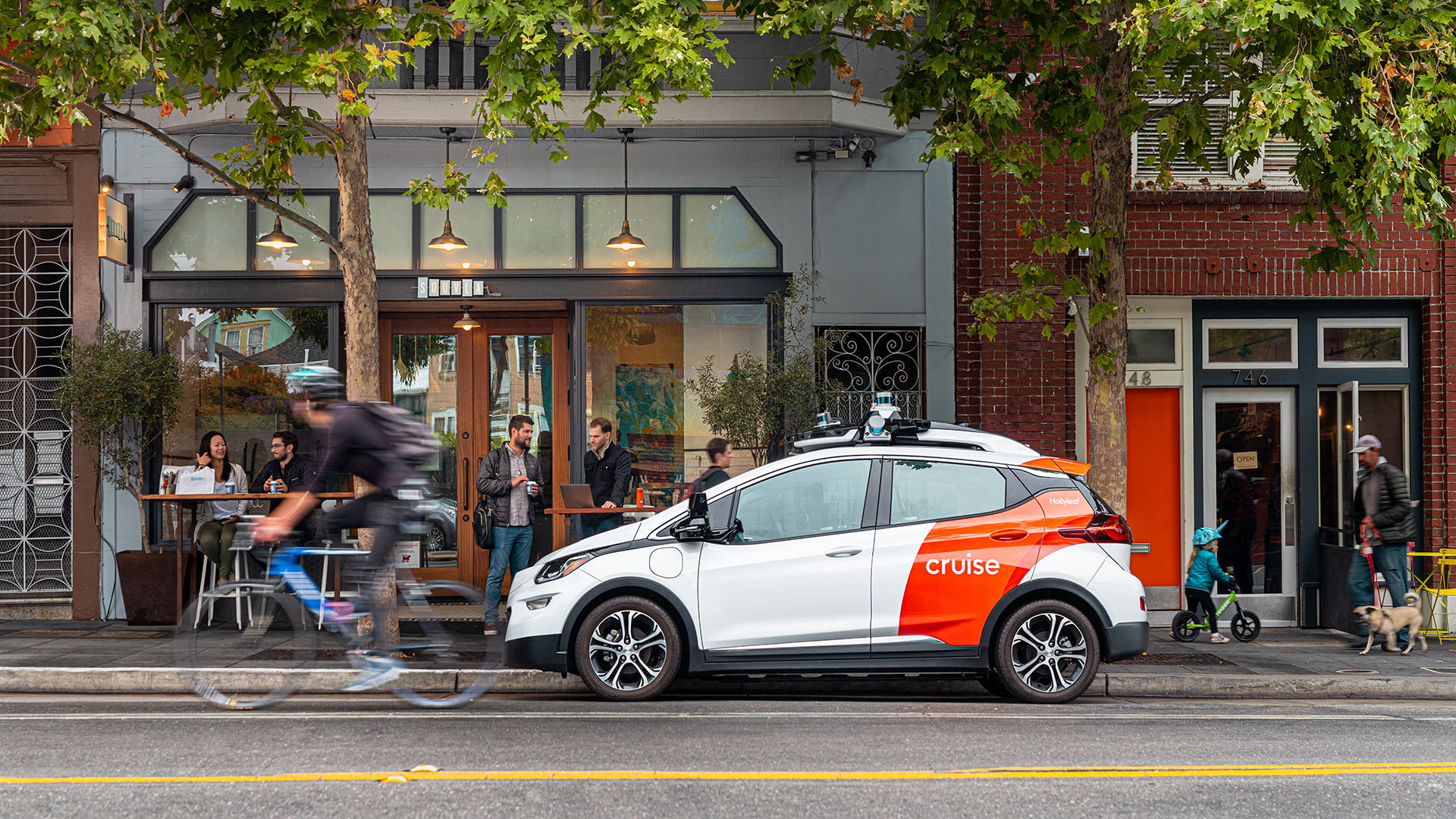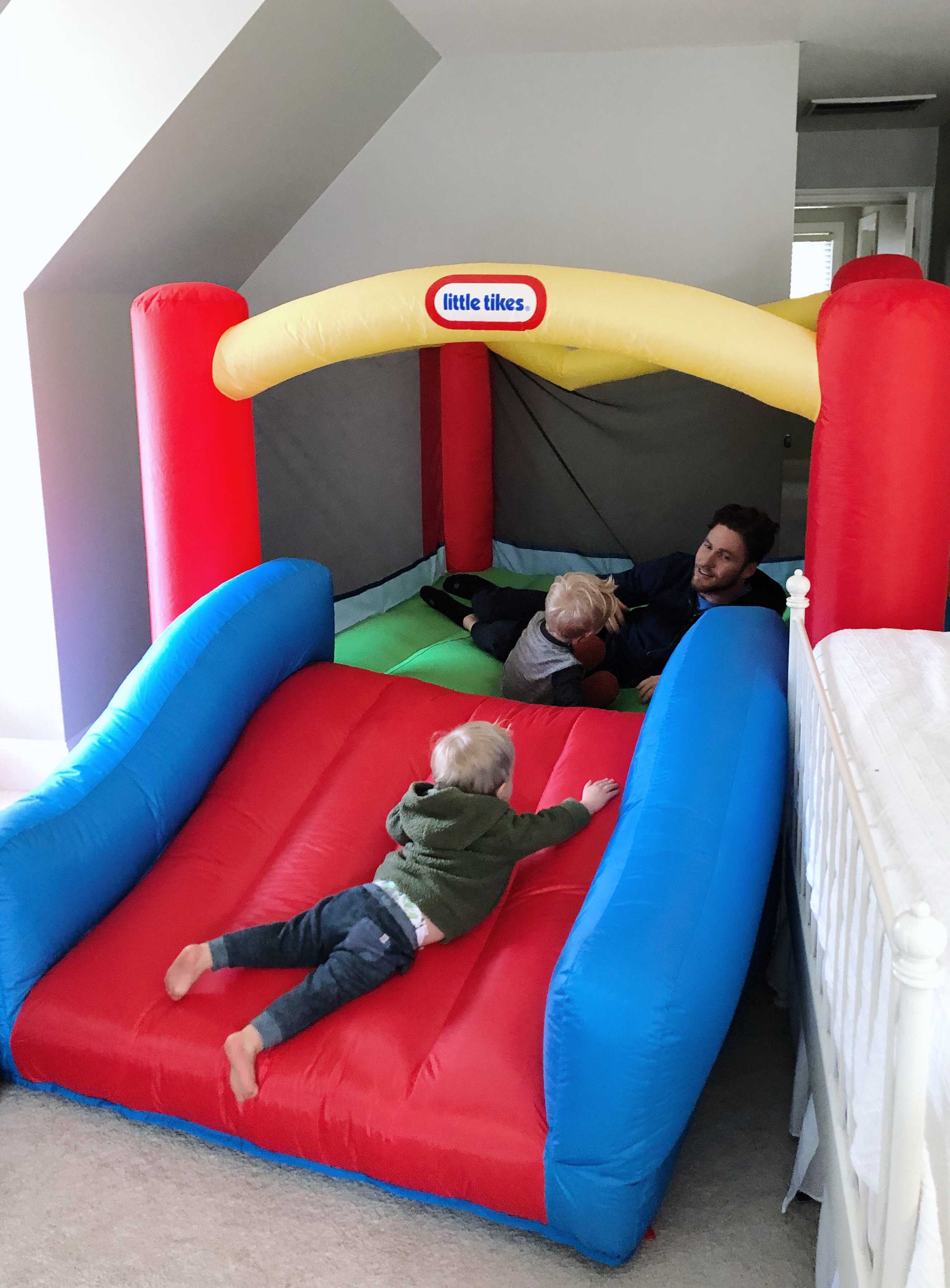Table Of Content
- Cruise is now testing fully driverless cars in San Francisco
- GM's Cruise to relaunch vehicles with human drivers in Phoenix
- How it drives
- GM’s Cruise robotaxis are back in Phoenix — but people are driving them
- Lucid slashes prices for its luxury EVs for the third time in seven months
- Google Maps Supports EV Drivers with new EV Charging Search

We plan to expand this effort to other select cities as we continue to engage with officials and community leaders. The Origin robotaxi — launched in early 2020 — is a bus-like vehicle built for the sole purpose of shuttling people around in a city autonomously. He then laid out the technology for the “Road to Sim,” which transforms into editable simulation scenarios real events that have been collected by AVs on the road.
Cruise is now testing fully driverless cars in San Francisco
Where Are the Robotaxis? Self-Driving Vehicles Are Downshifting - Autoweek
Where Are the Robotaxis? Self-Driving Vehicles Are Downshifting.
Posted: Wed, 20 Mar 2024 07:00:00 GMT [source]
In December 2016, Google stunned the world when it revealed that it had put a blind man in one of its egg-shaped autonomous test vehicles and sent him out for a short ride around Austin, Texas. Google’s Firefly vehicle, audaciously designed by YooJung Ahn, is widely considered to be the first car tested publicly without a steering wheel or pedals. The news that the company will be relying less on its operations staff during its testing comes after Cruise’s safety drivers have complained about a lack of safety standards during the pandemic and subsequent wildfires. They accuse Cruise of deploying its self-driving cars during the spring lockdown in defiance of public health orders banning nonessential travel.
GM's Cruise to relaunch vehicles with human drivers in Phoenix
The challenges have led to a consolidation in the sector after years of enthusiasm touting the technology as the next multitrillion-dollar market for transportation companies. The automaker also has discussed personal autonomous vehicles as early as mid-decade and evaluating "flying cars" for the mid-2030s, among other things that have been de-emphasized more recently. In 2021, the company said it had about 20 initiatives in its pipeline that targeted $1.3 trillion in new total addressable markets. Since the incident, Cruise's robotaxi fleet has been grounded, pending the results of independent safety probes.
How it drives
Majority owned by General Motors since 2016, Cruise combines a culture of innovative technology and safety with a history of manufacturing and automotive excellence. Cruise has received funding from other leading companies and investors—including Honda, Microsoft, T. Rowe Price, and Walmart. To achieve such a lofty goal, the company would need approval from federal and state officials, which are in the early days of regulating the testing and deployment of such vehicles.

Technological issues aside, what really put Cruise in hot water late last year was its response to the incident. Regulators accused the company of withholding information about the crash, only sharing that a Cruise robotaxi ran over a pedestrian who had been flung into its path after first being struck by a human-driven vehicle. The redeployed vehicles will not operate as they previously did — as robotaxis — but will "create maps and gather road information in select cities, starting in Phoenix," the company said. Cruise’s plan to test its vehicles in New York City — arguably the most difficult driving environment in the US — went nowhere. In July 2019, the company announced that it would miss its goal of launching a large-scale self-driving taxi service by the end of the year.
Lucid slashes prices for its luxury EVs for the third time in seven months
In a video released by the company, a Cruise employee is seen in the passenger seat while the car drives itself through the darkened streets of San Francisco. Cruise’s vehicles all have an emergency switch in the center channel near the gear shift in case something goes wrong, and they are also monitored remotely by Cruise employees. Asked whether remote operators are able to take control of the vehicle when needed, Ammann declined to answer.
Others competitors such as Lyft, Uber and Ford Motor/Volkswagen-backed Argo AI have ended their autonomous vehicle programs, citing the massive investments needed for an unprofitable and untested industry. Stellantis has announced partnerships with BMW and Waymo, but nothing along the lines of Cruise and Argo. "AV technology, while they've made a lot of progress with it, is unlikely to be profitable anytime in the foreseeable future, certainly not this decade," said Sam Abuelsamid, principal research analyst at Guidehouse Insights. "If they need to make cuts, robotaxis seem like the obvious place to do that." GM recently paused production of the Origin, a fully autonomous van designed for Cruise to carry multiple passengers. The company is expected to resume production at a Detroit-area factory once Cruise resumes autonomous ride-hailing.

But Vogt said that too much pushback risks stalling important technological advancements that could save lives. Cruise first unveiled the Origin robotaxi in early 2020 as a bus-like vehicle built for the sole purpose of shuttling people around in a city autonomously. But since then, the company has been mired in a lengthy regulatory process before it can begin mass production.
BizClik, based in London, Dubai & New York offers services such as Content Creation, Advertising & Sponsorship Solutions, Webinars & Events. Cruise has received $10B from well-respected companies and investors—including General Motors, Honda, Microsoft, T. Rowe Price, and Walmart—increasing its valuation 30x since being founded. Of course, bureaucracy and politics could drive the whole thing right off the road. Its official name is “Origin,” and Kyle Vogt, the co-founder and chief technology officer of Cruise, is clearly excited to be showing it off. With a broad smile, he reaches out and touches a button on the side, causing the doors to slide open with a little whoosh like something out of Star Wars.
Cruise mainly operates its autonomous vehicles in dense, urban settings like downtown San Francisco, while Voyage oversees a fleet of low-speed autonomous vehicles providing trips to residents of several retirement communities. Both companies have tested their vehicles without a safety driver behind the wheel and aspire to launch full-fledged commercial robot taxi services. As we continue working to rebuild trust and determine the city where we will scale driverless, we also remain focused on continuing to improve our performance and overall safety approach. To that end, Cruise is resuming manual driving to create maps and gather road information in select cities, starting in Phoenix.
GM Energy and the BrightDrop commercial EV unit continue to operate; however, GM recently brought BrightDrop in-house from being a wholly owned subsidiary. Some Wall Street analysts are holding out hope that GM and Barra can turn Cruise around and eventually refocus on growing the business, as the Detroit automaker takes a more hands-on approach with the company. Cruise, its majority-owned autonomous vehicle subsidiary, is increasingly looking like it might be next. DETROIT — General Motors' plans to diversify its business through trendy industries such as ridesharing and other "mobility" ventures or startups have largely fallen flat since the automaker started investing in such growth areas in 2016.
This work is done using human-driven vehicles without autonomous systems engaged, and is a critical step for validating our self-driving systems as we work towards returning to our driverless mission. The first step is identifying high fidelity location data for road features and map information like speed limits, stop signs, traffic lights, lane paint, right turn only lanes and more. Having current and accurate information will help an autonomous vehicle understand where it is and the location of certain road features. We also measure our perception and prediction systems against our elevated performance criteria, using trained safety drivers as a benchmark. At this stage, no autonomous systems are engaged and the vehicles will not carry public passengers. The 2 October crash prompted Cruise to suspend driverless operations nationwide after California regulators found that its cars posed a danger to public safety.
Cruise's path to autonomous driving creates opportunities for increased mobility and independence. Ammann said Cruise expects to quickly lower the cost of ride-hailing from about $5 a mile today to $1.50 a mile by removing the driver. "It's about reprioritizing ... and making sure that you're reducing what you don't need to do anymore," GM CFO Paul Jacobson told media Nov. 30 about the company's overall cost-cutting measures, including "considerably" scaling back its energy and BrightDrop units. GM's financial arm continues to operate an insurance business that was launched in late 2020 as part of its growth initiatives.
